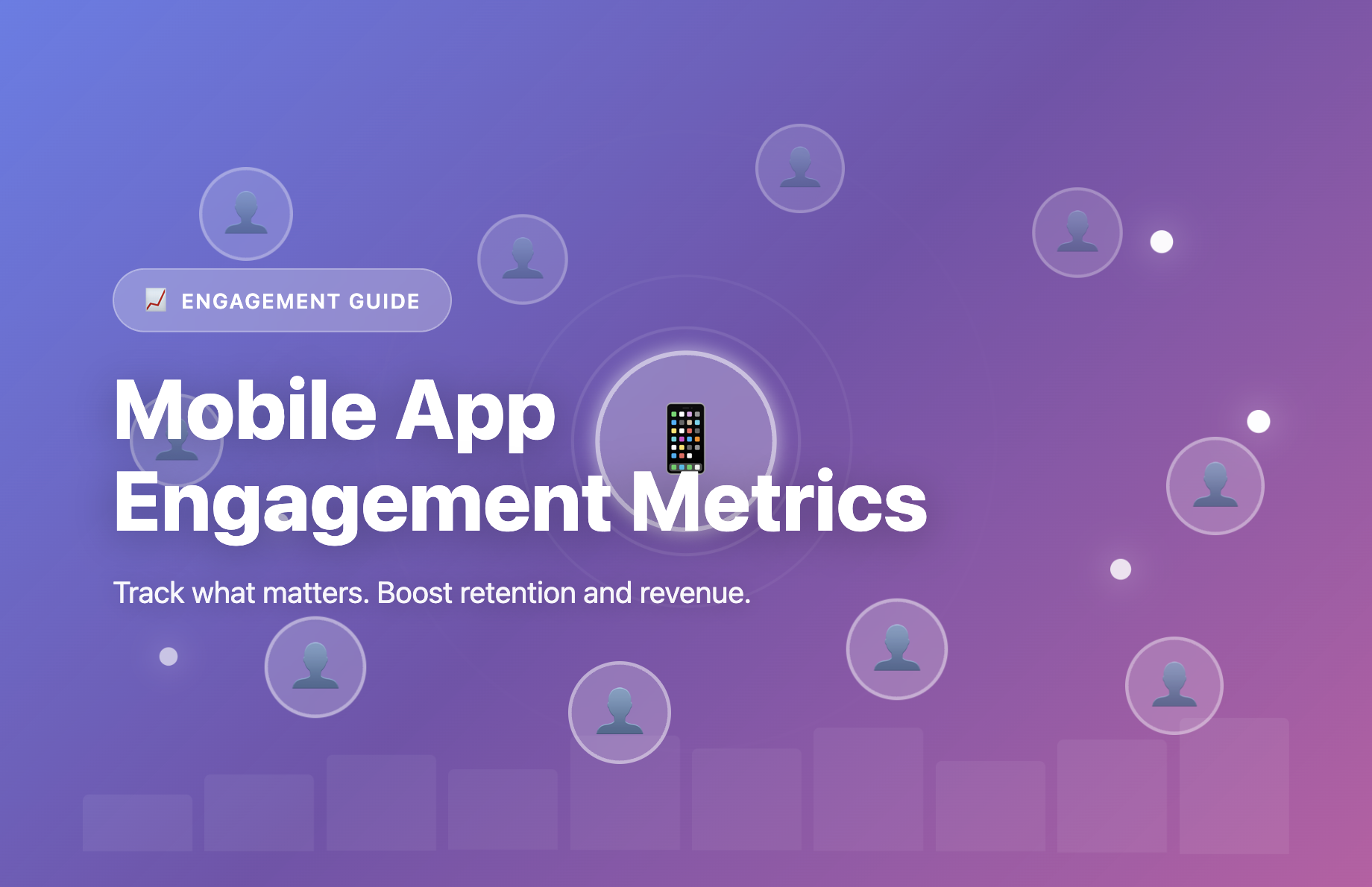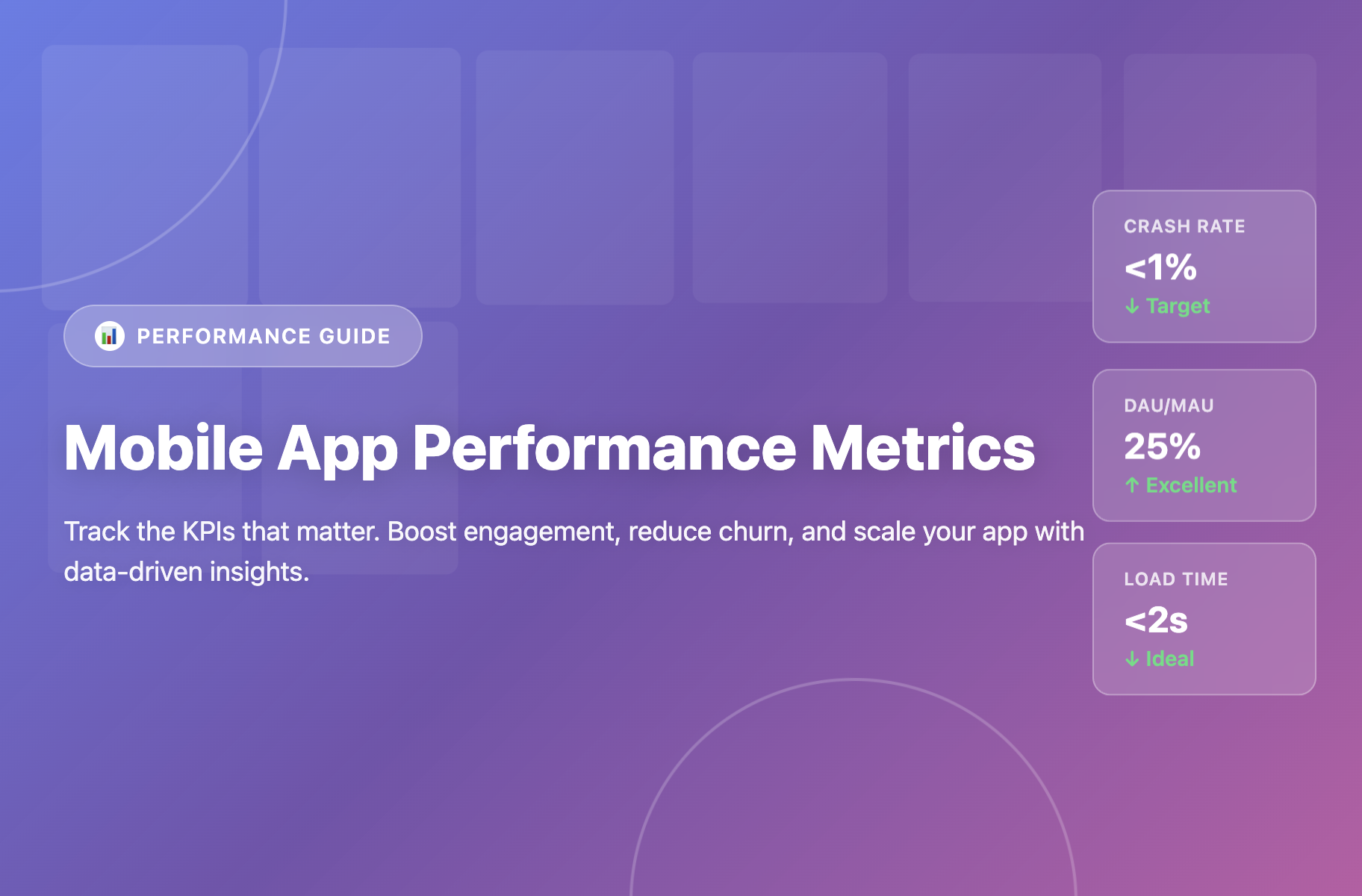We use cookies to ensure you get the best experience on our website. For more details, refer to our cookie policy and privacy policy.
December 2, 2024
5
minutes
Nudges in Fintech Apps: Increase Retention and Conversions
Explore important use cases for nudges in fintech apps and how leading apps have implemented them.

Aditya Bhattacharyya

With the proliferation of fintech apps in the last decade, users have an abundance of options to choose from. To drive further growth, fintech apps need to:
- Provide educational onboarding to help new users see value quickly, reducing drop-offs in early days
- Drive higher number of recurrent transactions and engagement
- Ensure new feature adoption among user base
- Cross-sell additional offerings like loans and insurance to increase LTV per user
Nudges guide users to explore and engage with relevant features based on user actions. Here are use cases for nudges that can be implemented through various stages of the user journey.
Improving user activation
Nudges in fintech apps drive user activation by guiding users through necessary steps like account setup, identity verification, and linking financial accounts.
Stable Money uses Stories to share value prop
Stable Money, an app that lets its customers book fixed deposits digitally, introduced Stories to communicate its value prop and build trust with its users.
Stories have worked well for Stable Money to drive home key messages or share special offers because they are short, simple, and easy to consume.
.gif)
Google Pay guides new users to aha moments
Google Pay incorporates tooltips that educate new users on how to use two critical features - making payments to contacts via a search and scanning a QR code. By doing so, Google Pay ensures that users are aware of these features leading to quick activation.
.webp)
Binance employs a guided tour to educate new users
Binance uses a guided tour to educate new users and help them on their way to make their first trade. This leads to rise in activation rates and over time improves retention and LTV.
.gif)
Improving engagement and transactions
In-app messages are effective ways to grab attention and to prompt users to take necessary actions for higher engagement.
Khatabook runs festive offers
Khatabook's Akshaya Tritiya engagement campaign incentivized coin purchases by offering 10 free coins with every recharge. A simple way to boost sales during the festive season.

Jar drives repeat transactions using animations
Sometimes your users become familiar with some sections or actions in your app and glance over them without taking the next step. A soft nudge can bring the user's attention back and encourage the right next action without disrupting the experience.
In Jar's case, the app can increase a user's investment on their app if the user decides to "Save round-offs". This also increases long-term retention. However, most users would skip this section.

Boosting feature adoption
Nudges increases discoverability, ensuring that users are aware of the latest enhancements and updates available to them. It also helps to educate users on how to use these features effectively, reducing any barriers or uncertainties that may hinder adoption.
LazyPay introduces a new credit card
LazyPay uses a PiP video to announce its new credit card application feature once the targeted cohort users open the app.

INDmoney guides users to its learning module
INDmoney launched a “learning module”, a free, simple & gamified way to learn the concepts of money and investing. They used bottom tabs to get users started on their learning journey. These tabs are easily accessible to all users and take them directly to the learning page without being intrusive.

Cross-sell additional offers like loans, insurance and mutual funds
These prompts encourage on-the-fence users to take adopt offerings that help the app boost LTV per user.
Mobikwik uses videos to showcase investments
MobiKwik has launched Xtra, a super flexible investment feature designed to cater to the needs of young investors.
To highlight this new offering, the MobiKwik app showcases an engaging Picture-in-Picture (PiP) video in the background, encouraging users to explore and start investing with the Xtra feature.

What's the challenge fintech apps face building these nudges in-house?
Engineering bandwidth is scarce
No surprises here. Your developer teams are swamped with feature requests and building your core product.
Asking them to incorporate nudges when you don’t know if you’re building the best nudge for your audience can easily lead to a waste of engineering hours.

Experimenting with multiple flows is a challenge
The key here is that you need to experiment with multiple nudges and flows to identify which nudges significantly impact your key metrics.
For example, you might hypothesize that highlighting the “Send Money” feature leads to quicker time to value. You can test this hypothesis by building a subtle nudge to educate new users about this feature. If your metrics don’t improve, your hypothesis might be wrong, or you’re not using the right nudge.
Plotline helps product and growth teams in fintech companies build nudges, fully no-code
Plotline's in-app engagement platform enables you to deploy in-app nudges without writing a single line of code. We provide powerful event-based targeting and user segmentation to help the right user take the right action at the right time.
If you're interested in learning more about how nudges can help you drive activation, adoption, retention, and monetization metrics, start your free trial with us.
FAQs
- How are the effectiveness of nudges measured in fintech apps?
Ans: Fintech apps measure the effectiveness of nudges by monitoring user retention, conversion rates, and engagement metrics. They often use A/B testing to compare user behavior with and without the nudges.
- What is the impact of nudges on user experience and satisfaction?
Ans: Nudges are designed to enhance user experience by guiding users to beneficial actions. However, their overuse/poor design can be intrusive and negatively affect user satisfaction. Regular user feedback and testing help in fine-tuning them.
- How are nudges personalized in fintech apps?
Ans: Nudges are personalized using data analysis and user profiling, tailoring them to individual user behaviors and preferences. This ensures relevance and effectiveness, with ML algorithms often used to segment users and predict the most effective one.
Sign up for our newsletter
Thank you! Your submission has been received!
Oops! Something went wrong while submitting the form.
Improve app adoption with Plotline
Join companies like Zepto, Meesho, Upstox and others that use Plotline to test and launch app experiences and boost activation, retention and monetization.
.png)


%201.svg)

%201.svg)
%201.svg)
.jpg)


.png)

